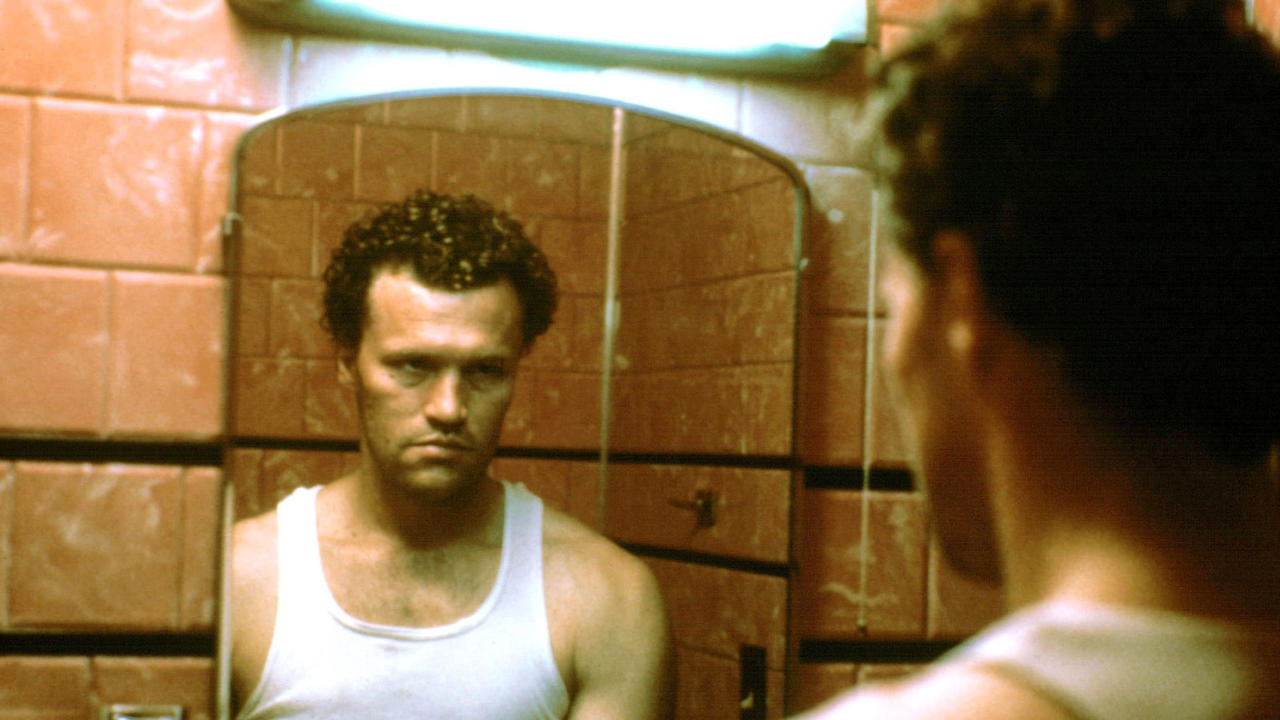Frame Analysis

Naturalistic Realism: Lieberman employed a deliberately unglamorous visual style using available light and practical sources to create an authentic, documentary-like feel that serves the film's disturbing subject matter.
16mm Aesthetic: Shot on 16mm film to achieve a gritty, low-budget look that enhances the film's realism. The grain structure and color palette contribute to the unsettling atmosphere without calling attention to the cinematography.
Handheld Camera Work: Lieberman taught lead actor Michael Rooker how to operate the camera for certain scenes, creating an intimate, voyeuristic perspective that implicates the audience in Henry's actions.
Minimal Lighting Setup: Relied heavily on available light and practical sources to maintain the film's low-budget, realistic aesthetic. Avoided dramatic lighting that might glamorize the violence.
Observational Style: Camera work maintains a detached, observational quality that refuses to judge or sensationalize Henry's actions, creating a more disturbing effect than traditional horror cinematography.
Urban Environment: Captured the bleakness of Chicago's urban landscape using natural locations and existing light sources to create an authentic sense of place and social decay.
Budget Constraints as Aesthetic: The film's $110,000 budget necessitated creative solutions that became integral to its visual style. Available light shooting and minimal crew created the intimate, unsettling atmosphere.
Color Temperature: Mixed lighting sources (tungsten practicals, daylight from windows) create naturalistic color temperature variations that enhance realism without correction.
Camera Movement: Handheld work is subtle and motivated, never drawing attention to itself. Movement serves the narrative rather than creating visual flourishes.
